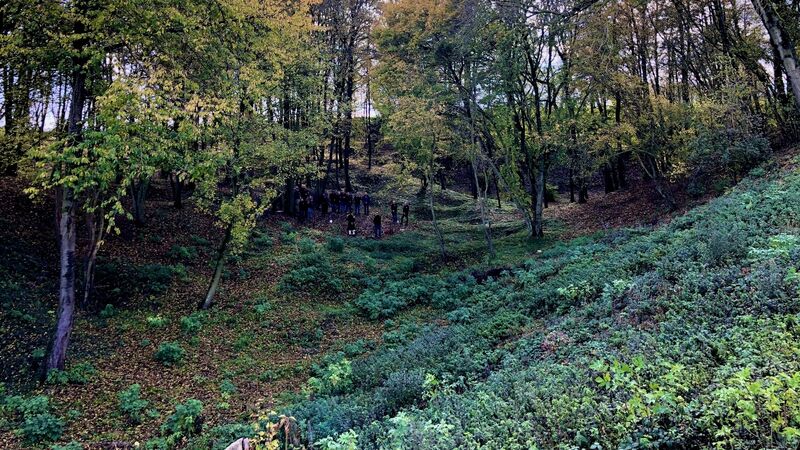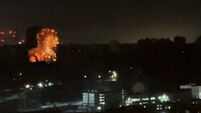First scientific study of World War One crater yields ‘significant’ new insights

The Hawthorn Ridge crater near the village of Beaumont Hamel in France (Hawthorn Ridge Crater Association/PA)
UK scientists have uncovered “exciting and significant” new insights into how German soldiers used a crater – created after a mine explosion by the British – to their advantage during the First World War.
The detonation of the Hawthorn Ridge, near the village of Beaumont Hamel in France, signalled the start of the Battle of the Somme on the morning of July 1 1916 – often described as the bloodiest day in the history of the British Army.











